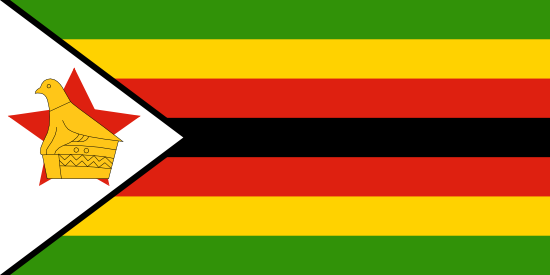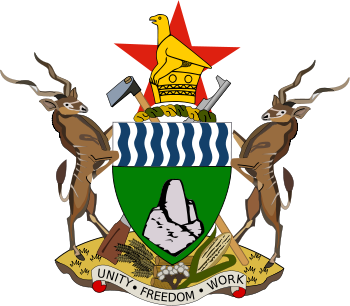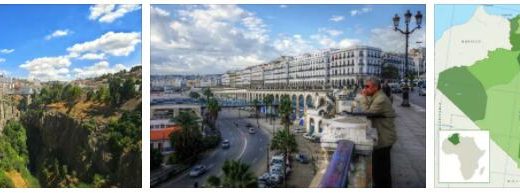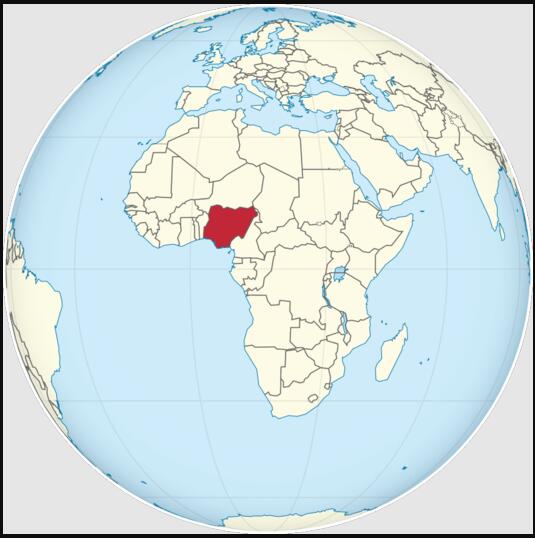Zimbabwe Overview
Zimbabwe is located in southern Africa and borders Botswana, Mozambique, South Africa and Zambia. The country was formerly called Rhodesia. Britain annexed what was then Southern Rhodesia from The South Africa Company in 1923. During the years 1953-1963, Southern Rhodesia was part of the Central African Federation together with the colonies of Nyasaland (Malawi) and Northern Rhodesia (Zambia).
| Capital: | Harare |
| Biggest city: | Harare |
| State: | republic |
| Language: | English, Bantu language |
| Religion: | Christianity, animism |
| Surface: | 390,580 km |
| Population: | 13.1 million (2013) |
| Population density: | 29 residents per km² |
| Expectancy: | 46 years |
| Illiteracy: | 9% |
| Currency: | US dollar (USD) 1 US dollar = 8.40 kr |
| GDP per capita: | $ 400 (2010) |
| Time difference: | +1 hour |
| Electricity: | 220/240 V AC, 50 Hz |
| National Day: | April 18 |
| Country area code: | 263 |
| 2-Letter country abbreviation: | ZW (See more abbreviations on Abbreviationfinder) |
| Business: | agriculture 65%, service sector 29%, industry 6% |
| Climate: | tropical, milder in highland terrain; rainy season from November to March |

The Constitution of Southern Rhodesia from 1961 stated an income-graded right to vote, which in practice meant a continued white minority government. Southern Rhodesia began to show interest in independence in the 1950s. Britain, however, demanded black majority rule as a condition of independence, which could not be accepted by the white minority in Southern Rhodesia.
In 1964, Northern Rhodesia became independent as Zambia. In 1965, the government of Southern Rhodesia unilaterally declared its independence under the name Rhodesia. However, neither the declaration of independence nor the change of name was accepted by Britain, which continued to regard the country as a British colony under the name Southern Rhodesia.
Following the unilateral declaration of independence in 1965, the UN imposed sanctions on Rhodesia at the initiative of Britain. Rhodesia first recognized Britain’s regent as the country’s head of state, but in 1970 Prime Minister Ian Smith proclaimed a republic.
The Marxist-Leninist Zanu-PF, led by Robert Mugabe, waged guerrilla warfare and was able to use Communist Mozambique as a base, especially after 1975. South Africa, too, has now begun to pressure Rhodesian leaders to find a negotiated solution.
In 1979, the guerrilla war and Rhodesia’s growing isolation led the white regime to relinquish power. In 1979, the country was called “Zimbabwe Rhodesia”. It was then renamed Southern Rhodesia for a short time with renewed direct British rule, before the country formally became independent in 1980.
The new country’s first prime minister was Robert Mugabe. He has since been the country’s sole leader, as president since 1987. Mass killings and other abuses forced the strongest opposition party, the ZAPU, to join forces with the ZANU-PF. Marxism-Leninism was officially abandoned in 1991, but still characterizes government policy.
According to the latest Human Development Report, 83 percent of the population lived on less than $ 2 a day in 2004. Since then, poverty has worsened further, both in urban and rural areas. The high unemployment rate in combination with the escalating inflation makes it increasingly difficult for the population to support themselves.
About a third of Zimbabwe’s population has chosen to flee abroad. Today’s Zimbabwe is characterized by a totalitarian and oppressive social climate. Human rights are not respected. The rule of law and freedom of expression are severely restricted and the public is intimidated into silence. Torture and illegal arrests occur.
Zimbabwe has several national parks in the southern part of the country, and on the border with Zambia in the western part of Zimbabwe are the famous Victoria Falls, which attract lots of tourists every year.
Victoria Falls is one of the largest waterfalls in the world, and was inscribed on the UNESCO World Heritage List in 1989.
WORLD HERITAGE
The following objects in Zimbabwe are listed as a UNESCO World Heritage Site.
The year in which the item was added to the list is indicated in parentheses.
- Mana Pool National Park and the Sapi and Chewore Safari Reserves (1984)
- Ruins of Great Zimbabwe (1986)
- Ruins of Khami (1986)
- Victoria Falls (1989)
- Matopokullarna (2003)
ELECTRICAL OUTLET
Electricity and electrical outlets in Zimbabwe
Voltage: 220 V
Frequency: 50 Hz
Type of plug: D, G
Need an adapter: Yes, Swedes need an adapter.
CLIMATE AND WEATHER
Weather in Harare
| Climate | Jan | Feb | Mar | Apr | May | Jun | Christmas | Aug | Sep | Oct | Nov | Dec |
| Average temp °C | 21 | 21 | 20 | 19 | 16 | 14 | 13 | 16 | 19 | 21 | 22 | 21 |
| Day °C | 25 | 25 | 24 | 24 | 22 | 19 | 19 | 22 | 25 | 27 | 27 | 25 |
| Night °C | 16 | 16 | 15 | 13 | 10 | 8 | 7 | 9 | 12 | 14 | 16 | 16 |
| Rain (mm) | 191 | 176 | 99 | 37 | 8 | 2 | 2 | 3 | 7 | 39 | 93 | 183 |
| Soltim / day | 6 | 6 | 6 | 7 | 8 | 9 | 9 | 10 | 11 | 11 | 9 | 7 |

Bulawayo
Bulawayo is Zimbabwe’s second largest city, after the capital Harare, and has about 676,000 residents (2005). The city, located in southwestern Zimbabwe, does not belong to a province but is its own administrative unit at the same level as the country’s provinces. Bulawayo has an international airport and is a hub for the flow of goods between Zimbabwe and South Africa.
Harare
According to Countryaah, Harare is the capital of Zimbabwe, and has 1.6 million residents. The city is located in the northeastern part of Zimbabwe, about 1500 meters above sea level, and is the country’s largest city. Harare is Zimbabwe’s most important industrial center and cultural center for the Shona people. Harare was founded in 1890 under the name Salisbury. The current name was given to the city in 1980.


